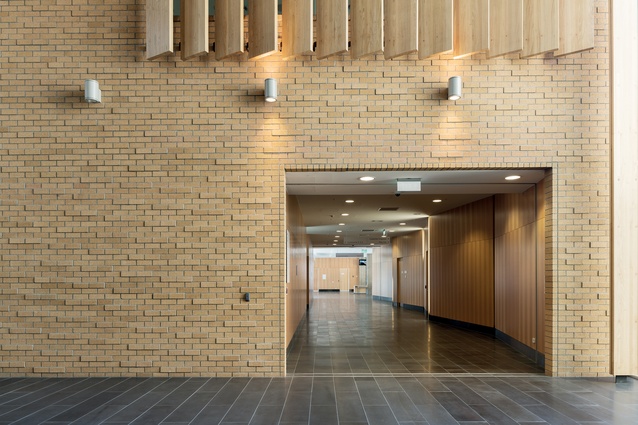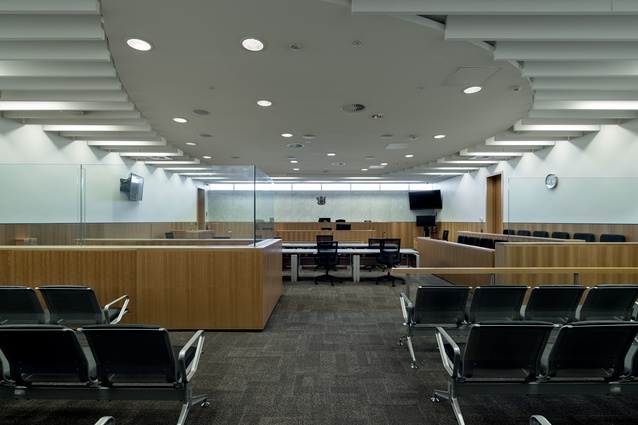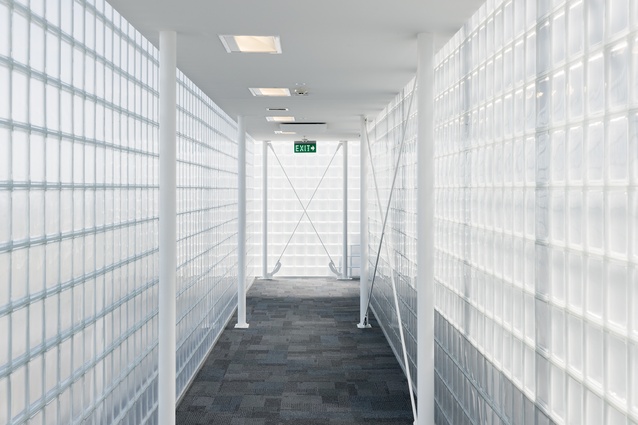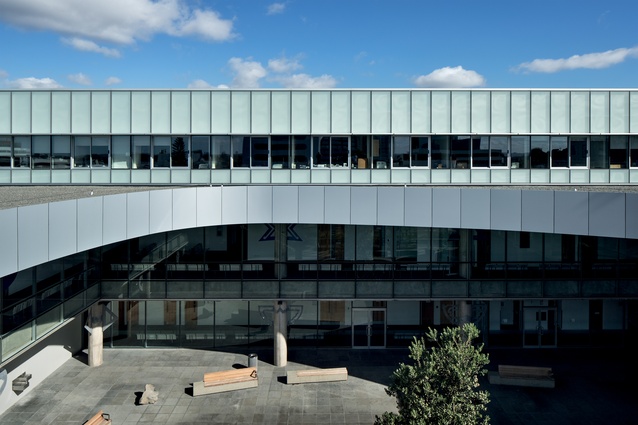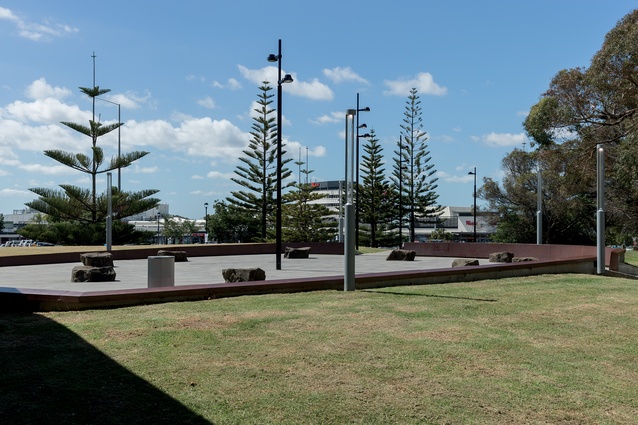Shifting courts
The court of law is fundamental to civil society. Here, Federico Monsalve speaks to designers from Architectus to understand some of the basic interior requirements of these legal spaces.
There is a mere handful of buildings as important for the continuation of democracy and civil society as the court of law. Apart from deciding innocence or guilt and dispensing punishment, it is in these spaces that modern societies decide the ever-shifting frontiers of their ethics. It is here where many nations are expected to set precedents for the sorts of behaviours and attitudes that are deemed acceptable or otherwise for the society they represent.

It is not surprising then that these spaces have a unique set of interior parameters. They must behave like public buildings – instil a sense of solidity and safety – and their interior choices must cater for a huge range of people, while being careful not to predispose any outcome or assign unnecessary hierarchy to its players.
To find out more about the typology, Interior sat down with Architectus’ Patrick Clifford, Michael Thomson and Severin Soder. Their firm has recently completed an extension of the Manukau Courts (originally designed by Noel Lane Architects). They have also designed large courts in Australia and were selected to compete for the design of the International Criminal Court (ICC) in The Hague.
From early on in our conversation, one of the themes that emerged is that of modern court buildings architecturally needing to reflect some of the aspirations of their corresponding governments. Like many a public building, the court is expected to give a physical expression of some of its government’s values. According to studies made by Gensler and recent projects worldwide, reoccurring themes of transparency, approachability, safety, egalitarianism and fairness are often explored in these environments.
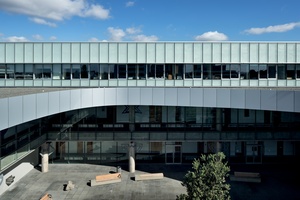
Architectus touched on some of those ideals in the impressive Queen Elizabeth II Courts in Brisbane and some of the lessons learnt there have made their way into the Manukau project. Usage of glass and connections to the outdoors, a rethink of the security perimeters, and a warm, inviting colour scheme and materiality made what is usually a stressful and somewhat intimidating space into something slightly more welcoming and approachable.
Yet in the age of terrorism, how are courts maintaining a balance between being accessible, civic buildings while at the same time being safe? At Manukau, the solution came in the form of a reorganisation of security perimeters. The original building was designed with two public entry points: one for the youth court, another for the adults – and a central courtyard with internal doors leading into this open space.
The new iteration accounts for a single secure entry point deeper within the building, making parts of the space accessible to the public. The internal courtyard has become a crucial piece of the puzzle allowing people already cleared to relax and regroup. According to Clifford: “The Manukau project now has a diagram that is still quite rich but the security has been reorganised to support that and make it possible.”
A public courtyard was made outside of the secure perimeter enabling groups of people to gather there before entering. This space emulates the circular geometry of the internal courtyard and uses stones as seating in what Architectus says alludes to tribal meetings. “The analogy is that of a stone field in a circle and people sitting together to discuss matters,” says Soder.

Circulation is another particular requirement for the courts, as a large number of disparate people use the space. “The ways in which people move around in courts – the logistics are very complex,” says Thomson.
Clifford: “The environment is rough. It is highly demanding and you have a diverse variety of people: family court managing relationship issues; criminal courts dealing with tough, serious issues; tenancy; traffic violations; people paying fines; and then there is the youth court. It is a concentrated microcosm of New Zealand society.”
Clifford continues: the courts’ architecture should be “an expression of the idea that justice is appropriate and something to be valued and respected.”
Jurors, victims, the accused, judges, lawyers, and sometimes inmates need to be syphoned into one room with enough distance so as not to compromise safety or impartiality. In some instances this has meant courts like the ICC needed up to five circulation routes. At Manukau there are three, and much thought was given to events such as the arrival of jurors who have never before been in such a situation, the delivery of prisoners, and large groups gathering before and after court cases.
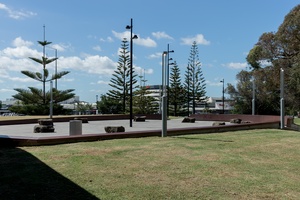
It is also undeniable that legal proceedings are being changed by technology in ways that are not entirely discernible yet, and interior spaces are beginning to reflect this shift. Video-linked court appearances from prisoners are reducing travel times and resources transporting prisoners for basic administrative procedures. The technology is also maintaining a much-needed separation between victims of violent crimes and their alleged perpetrators, too.
Technology is also, albeit slowly in New Zealand, changing the way evidence is presented to jury and this in turn is putting into question the future of physical spaces such as the leather-bound law libraries and registries.
As many legal firms are rethinking their interior spaces and the Christchurch Justice Precinct is due for competition in the coming months, Architectus’ Manukau Courts project offers an excellent glimpse into some of the overarching themes of the typology.
From circulation and materiality through to future technology and larger themes of societal values, the architecture of the court of law is a fascinating example of civic architecture. It is one that should constantly be re-examined in terms of how well it is performing for its wide range of users, many of whom find themselves in stressful and vulnerable situations.

